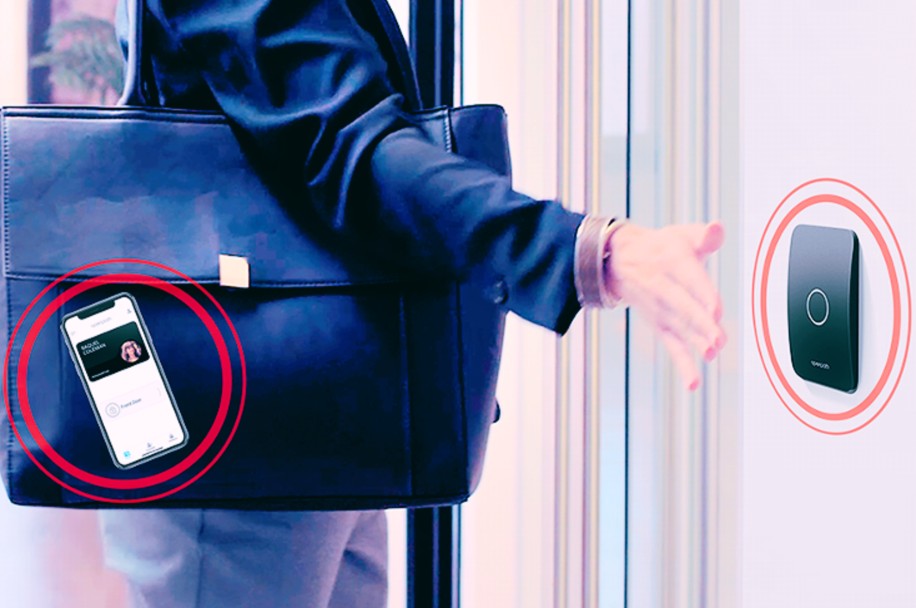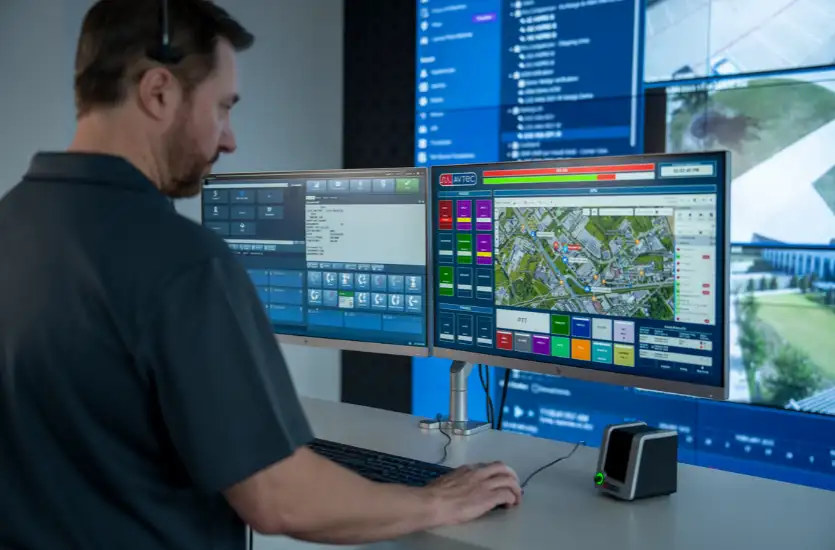Layered security involves deploying multiple, distinct security measures to protect assets, unlike a single-point approach, which relies on one solution. No single security method is infallible, so using various defenses mitigates potential vulnerabilities.
By utilizing a multi-faceted strategy, businesses, government entities, and critical infrastructure strengthen their resilience against threats, ensuring that even if one layer of security fails, others will continue to provide protection. This structured approach maintains the integrity of operations.
The Core Principles of Layered Security
The key principles of layered security include redundancy, segmentation, and real-time threat detection. Redundancy ensures backup defenses, segmentation isolates systems to contain breaches, and real-time detection identifies active threats. By integrating physical, cyber, and operational security, organizations adopt a proactive stance that reduces breach risks. A unified security system enhances agility and response capability, which is a key component of averting or minimizing attacks.
The Five Key Layers of Security Protection
Comprehensive security encompasses five essential layers:
- physical security;
- network and cybersecurity;
- access control and identity management;
- surveillance monitoring;
- incident response and crisis management.
A dedicated focus on each of these layers collectively provides robust protection, ensuring a fortified defense system against diverse threats.
Physical Security: The First Line of Defense
Physical security forms the cornerstone of a layered security strategy by safeguarding tangible assets through measures like surveillance cameras, access control systems, and perimeter barriers. These tools deter unauthorized entry, detect suspicious activity, and protect against physical threats.
For instance, retail stores use surveillance cameras and anti-theft barriers to prevent shoplifting. Transportation hubs employ access control systems to restrict entry to sensitive areas, enhancing traveler and staff safety. In healthcare, secure entry points and surveillance protect patient data and ensure the safety of medical staff and facilities, demonstrating the need for physical security across various industries.
Network and Cybersecurity: Protecting Digital Assets
Cybersecurity is responsible for safeguarding digital assets by preventing unauthorized access to networks and sensitive data. Best practices include:
- Implementing firewalls to block malicious traffic.
- Using intrusion detection systems to identify threats.
- Encrypting data to protect confidentiality.
Businesses integrate cybersecurity with physical security by ensuring that digital protection extends to physical devices, such as servers and workstations. This holistic approach ensures full-spectrum protection, mitigating risks from cyber threats and maintaining the integrity of data and systems.

Access Control and Identity Management: Restricting Unauthorized Access
Access control works to prevent unauthorized entry to secure areas and safeguard sensitive data. Systems like keycards, personal identification number (PIN) codes, biometric authentication, and multi-factor authentication (MFA) enhance security by verifying user identities before granting access.
Identity management plays a key role in monitoring and controlling user access to both physical and digital facilities, ensuring only authorized individuals can interact with sensitive information and resources. This layered approach helps to protect physical spaces while enhancing cybersecurity by enforcing strict access protocols, thereby mitigating the risks of unauthorized access.
Surveillance Monitoring
Surveillance monitoring plays a pivotal role in detecting security threats in real time by using closed-circuit television (CCTV) cameras, motion sensors, and artificial intelligence (AI) powered analytics. CCTV cameras provide continuous visual oversight while motion sensors alert security personnel to unusual movements.
AI-powered analytics enhance this system by identifying patterns and flagging anomalies, allowing for swift action. Continuous monitoring is crucial in high-security environments such as retail stores, warehouses, and event venues, where it helps deter theft, prevent unauthorized access, and ensure the safety of both people and assets by enabling rapid response to potential threats.
Incident Response and Crisis Communication
During security breaches or emergencies, effective communication is a necessary and immediate need. Fast, reliable channels enable security teams to coordinate responses swiftly. Two-way radios, including portable radios, MOTOTRBO portable radios, Motorola R7, and mobile radios, offer robust solutions for real-time communication. Portable radios are ideal for on-the-go personnel, while MOTOTRBO systems provide enhanced features like noise suppression. The Motorola R7 is known for its durability and clarity, suitable for challenging environments. Mobile radios offer an extensive range for vehicles or fixed locations.
The MOTOTRBO infrastructure supports these devices, facilitating seamless communication across multiple teams. This integration is responsible for coordinating emergency responses, directing evacuations, and neutralizing threats. By enabling clear and immediate communication, security teams can make informed decisions quickly, minimizing potential impact and ensuring the safety of all involved.
Integrating Layered Security Measures for Maximum Protection
For maximum security, businesses should integrate physical, digital, and procedural layers into a unified defense strategy. Start by combining CCTV and access control with cybersecurity measures like firewalls and encryption. Employ comprehensive identity management to regulate access consistently across environments. From there, regularly assess threats and adjust security protocols accordingly. Each security measure adds another degree of strength to the overall defense system.
Ultimately, combining diverse security solutions creates a resilient defense, reducing vulnerabilities. Continuous monitoring ensures real-time detection and response, while regular threat assessments keep defenses up-to-date, fortifying the organization against evolving threats.






